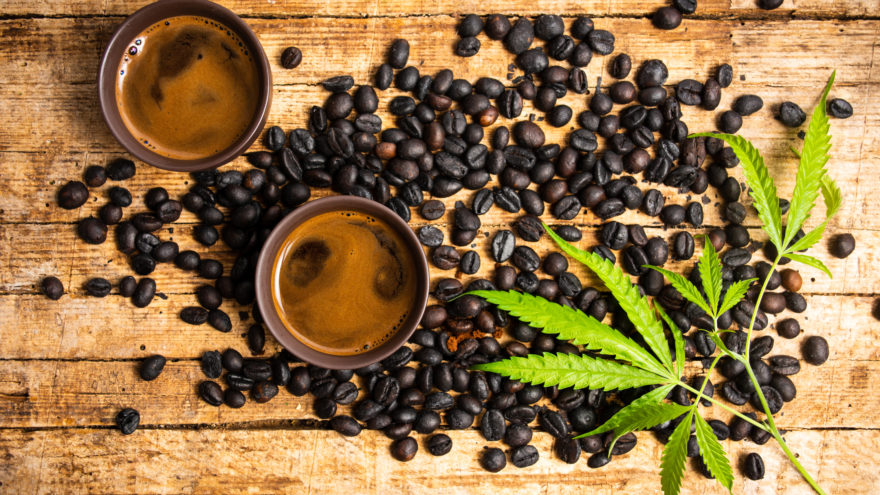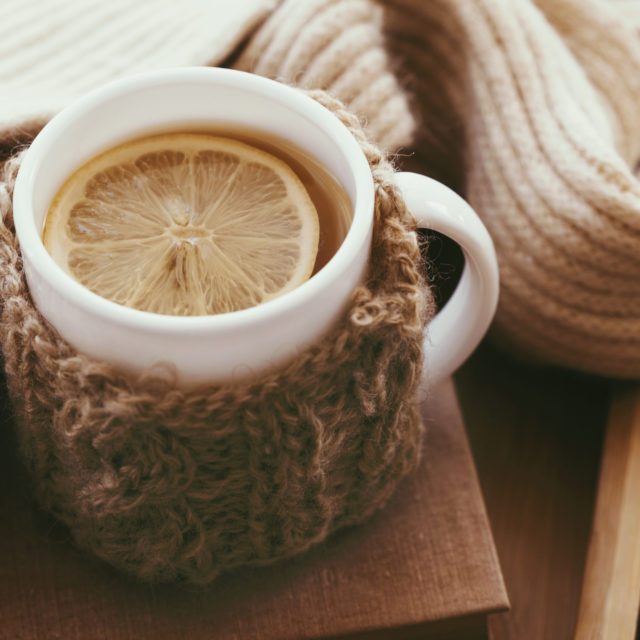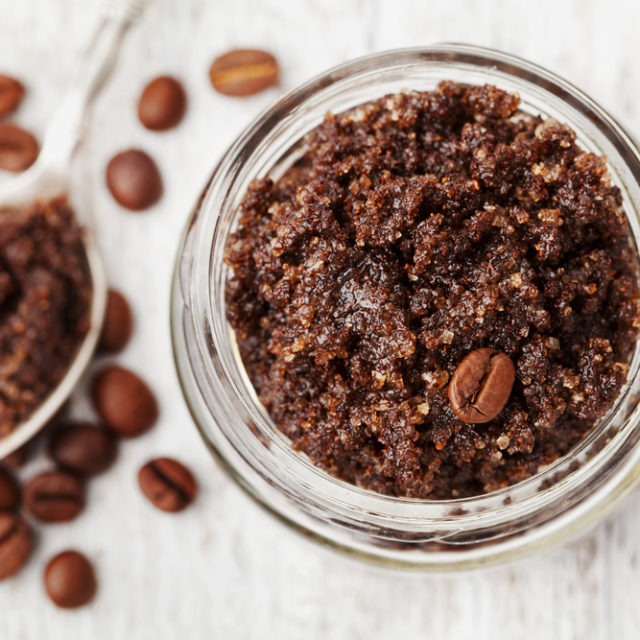One of the most jolting things about growing up is realizing that your parents have gone through most of the same things you have. Sure, times change, but many touchpoint moments remain the same: your first kiss, your first drink, and your first experience with cannabis.
Today, cannabis is legal, and if you’re reading this, there’s a good chance you’ve been waiting a while for that to happen – but not as long as your parents had to wait. Because while a lot has changed from their generation to yours (don’t get us started on the housing market), cannabis consumption is a big one. From the potency to the options, the nearly six decades between today and the 1960s might as well be a century when it comes to Indicas, Sativas, and CBD. If you want to understand how different cannabis was for your parents in the ‘60s, here are the most profound ways the experience has changed.
Legalization doesn’t mean “fewer laws”
When cannabis first became illegal in Canada in 1923, most Canadians had never heard of it. In fact, the first time Canadian police had to seize cannabis was more than a decade later, in 1937. But that all changed during the counterculture movement of the ‘60s, when educated young people of higher means began to embrace marijuana, along with clothing, music, and a lifestyle that their conservative parents didn’t understand. The Canadian government responded to the new awareness with stricter laws, including six months imprisonment and a $1,000 fine for small amounts of the suddenly popular plant.
From there, convictions increased drastically throughout the ‘60s, from 20 cases in 1962 to 2,300 in 1968. By 1972, Canadian courts saw 12,000 cannabis-related convictions.
The fight for legalization began in large part after cannabis use spiked in the ‘60s, but most of the cries for decriminalization quickly burnt out. During the 2015 election, citing concerns over the illegal market, Justin Trudeau proposed a Canada-wide legalization that would go beyond the medical cannabis market. Legal cannabis consumption arrived in 2018, and with it came a new set of laws. Possession limits were set (30 grams of dried flower or an equivalent non-dried form, like oil), impaired driving laws had to be reassessed, and penalties for providing cannabis to anyone below the age of 18 had to be strictly enforced.
But those were just the basics. Canadian lawmakers also had to consider public consumption, advertising regulations, domestic and international travel, and countless other fine-print issues surrounding legalization. While you can no longer be arrested for smoking or possessing limited amounts of cannabis in Canada, you can still be fined or fired depending on bylaws and company policies.
A new consumer experience
Walk into any government-run or private retail cannabis store today, and you can expect to leave with a quality product that’s void of stems, seeds, and any other non-smokable part of the plant. That wasn’t so for most cannabis users in the ‘60s, when “knowing a guy who knows a guy” was the black-market entry point, and people who partook would often purchase whatever was available.
The halfway point between the old way of purchasing cannabis and the new legal way was the emergence of black-market shops that began popping up in bigger cities not long after Trudeau declared his intent to legalize. These storefronts were illegal and were regularly raided by law enforcement.
Now that cannabis is officially legal, how it’s sold differs depending on the province. But with online stores in every province and territory, and storefronts continuing to open across the country, buying cannabis has never been easier. Eventually the novelty will wear off, but for now you can expect a surreal experience the first time you walk out of a store with a product that was illegal just a short time ago.
Meet your “budtender”
For anyone in the ‘60s, the prospect of walking into a government-run store and perusing a menu of cannabis products with different attributes and flavour profiles would have sounded like something from the streets of Amsterdam. From understanding the difference between THC and CBD to choosing between Indica and Sativa, today’s cannabis menus offer a lot more than the old way of doing things.
There was once a time when beer was just beer, and the evolution of cannabis has followed suit – in the era of IPAs and craft beers, craft cannabis is quickly catching up. But variety is the spice of life and having options has made cannabis consumption more palatable for everyone. Some people want the munchies; others want to relax after a hard day at the office. Some want deep, pain-free sleep, while others want to stare at the stars and bliss out in their backyard. Because of legalization, it’s possible to customize your experience.
Say goodbye to the stigma
Despite decades of propaganda in Canada – starting in the 1920s, when police magistrate Emily Murphy penned a series of anti-cannabis articles for Maclean’s magazine – we now know that cannabis won’t turn you into a crazed killer, and that it won’t perma-fry your brain. But the stigma was much stronger in the ‘60s. Fictional characters like Maynard G. Krebs, the lazy “beatnik” on the CBS sitcom The Many Loves of Dobie Gillis (1959-63), helped to solidify the image of cannabis users as deadbeat layabouts, and insults like “pothead,” “burnout,” and “dirty hippy” entered popular culture.
Yes, burnouts still exist, but for every negative stereotype, there’s a successful CEO. From Bill Gates and Steve Jobs to Richard Branson, there are a number of successful, passionate, and inspiring leaders who’ve supported legalization.
The neighbours won’t mind
According to StatsCan, there was an unsurprising surge of cannabis use in the second half of the 1960s, with more than 45 percent of Canadians aged 18 to 24 trying it. Experimentation for that age group declined in the ‘70s and remained fairly level, despite another dip during the ‘90s. By 2012, approximately 3.4 million Canadians admitted to having used cannabis in the past year, meaning the stigma may have always been overblown.
Still, people who used cannabis outside of the medical framework before legalization often felt the need to hide it. But with legalization comes the end of the taboo, so enjoying cannabis in your backyard or on your condo balcony won’t produce the feeling that someone is watching you. It’s a luxury we never knew we needed, but it’s made an already relaxing act even more so.
The future is edible
The next phase of legalization is set to include edibles, which can mean everything from THC-infused gummies to cannabis-infused sugars. Edibles have more precise cannabis doses, like oils, making it easier to know what you’re getting into – which is helpful, because the experience of edibles can be quite powerful. Exact-dose edibles can also help you understand how to use cannabis for the desired benefits, whether you want to treat pain or simply unwind after a long day. Of course, whether you want to partake with your parents is a different story.




Comments